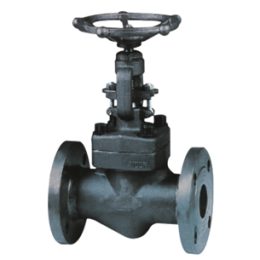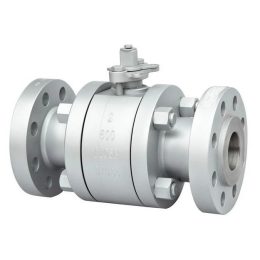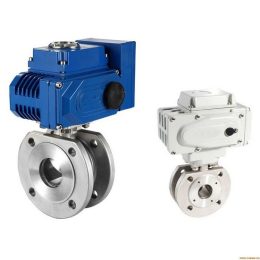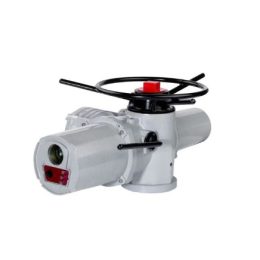“Understanding the Versatile Functionality of Gate Valves in Fluid Control”

Gate valves are commonly used in various industries due to their ability to control the flow of fluid. These valves are preferred because they offer a tight seal when closed, reducing the risk of leakage. The bidirectional functionality of gate valves makes them even more versatile. This article will delve into the workings of gate valves and explain bidirectional functionality in detail.
What are gate valves?
Gate valves are a type of valve that uses a wedge-shaped gate to control the flow of fluid. The gate is positioned perpendicular to the direction of flow and can either be fully opened or completely closed. Gate valves are widely used in the oil and gas industry, water treatment plants, and in residential plumbing systems. They are preferred because they offer a tight seal, ensuring that there is no leakage when closed.
How do gate valves work?
Gate valves work by using a wedge-shaped gate to control the flow of fluid. When the valve is fully open, the gate is lifted off its seat, allowing fluid to pass through. When the valve is fully closed, the gate is pressed against its seat, preventing fluid from passing through. The gate is operated using a stem, which is turned by a handwheel or motor. The stem is connected to the gate, so when it rotates, the gate moves up or down, opening or closing the valve.
What is bidirectional functionality?
Bidirectional functionality means that a valve can control the flow of fluid in both directions. In the case of gate valves, bidirectional functionality refers to the ability of the valve to control the flow of fluid in both directions. This means that gate valves can be installed in pipelines where the flow of fluid can change direction. The bidirectional functionality of gate valves makes them more versatile and applicable to a wider range of industries.
Advantages and disadvantages of bidirectional gate valves
The primary advantage of bidirectional gate valves is that they can be installed in pipelines where the flow of fluid can change direction. This makes them more versatile than unidirectional valves. However, bidirectional gate valves are more expensive than unidirectional valves, which may make them less attractive for some applications. Additionally, bidirectional gate valves require more maintenance than unidirectional valves, which may increase the cost of ownership over time.
Applications of bidirectional gate valves
Bidirectional gate valves are commonly used in the oil and gas industry, water treatment plants, and in residential plumbing systems. They are particularly useful in pipelines where the flow of fluid can change direction. In these applications, bidirectional gate valves offer a versatile solution that can control the flow of fluid in both directions, reducing the need for multiple valves.
Maintenance and safety considerations
Proper maintenance is essential for the safe and reliable operation of bidirectional gate valves. Regular inspection and lubrication of the valve stem and gate are required to ensure that the valve operates smoothly. Additionally, regular testing of the valve for leaks is necessary to ensure that the valve is functioning correctly. Safety considerations include following proper lockout/tagout procedures when performing maintenance on the valve and following proper procedures for handling hazardous materials.
In summary, bidirectional functionality is a valuable feature of gate valves that makes them more versatile and applicable to a wider range of industries. While bidirectional gate valves are more expensive and require more maintenance than unidirectional valves, they offer a versatile solution that can reduce the need for multiple valves. Proper maintenance and safety considerations are essential for the safe and reliable operation of bidirectional gate valves.



